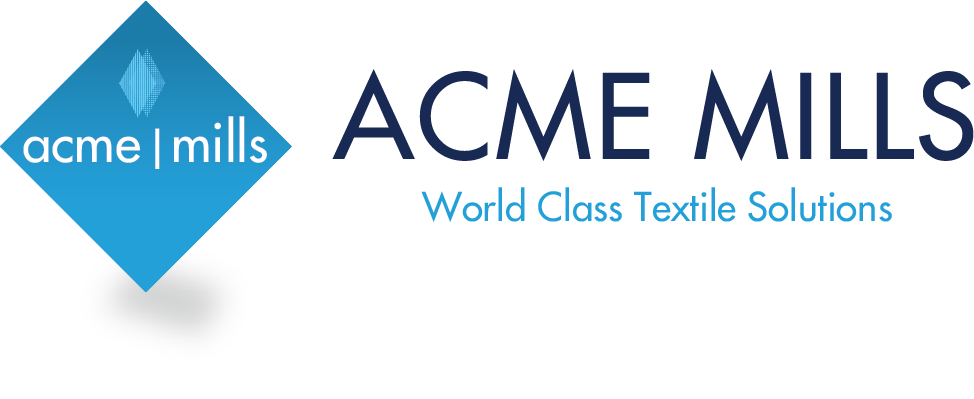As outlined in ThoughtCo’s article “Filtration: What It Is and How It’s Done”, filtration is a crucial separation process used in laboratories, homes, and industries to separate solids from liquids or gases. A filter medium allows fluids to pass through while capturing solid particles. The fluid that passes through is known as the filtrate, while the solid material remains trapped in the filter.
Filtration can be classified into two types based on the medium:
- Surface Filters: These trap particles on the surface.
- Depth Filters: These use a porous bed of material to capture solids.
Although filtration is highly effective, it’s not perfect—some solids may pass through, and a portion of fluid may remain within the filter.
Common Filtration Applications:
- Brewing coffee and tea, where water passes through ground coffee or tea leaves using paper or metal filters.
- Biological filtration in the kidneys, where blood is filtered to retain essential molecules.
- Air purification in air conditioners and vacuum cleaners using HEPA filters to remove dust and pollen.
- Aquarium filters and mining belt filters that recover precious metals.
Types of Filtration Methods:
- General Filtration: Gravity pulls the liquid through a filter medium, leaving solids behind.
- Vacuum Filtration: A vacuum is applied to draw the fluid through the filter more quickly, often used for drying solids.
- Cold Filtration: Used to quickly cool solutions to form crystals before filtering.
- Hot Filtration: Prevents premature crystallization by heating the solution and filter during the process.
Filter Aids: Materials like diatomaceous earth and cellulose are sometimes added to improve flow and prevent clogging by increasing the porosity of the filter bed.
Filtration vs. Sieving: While both are separation techniques, sieving uses a mesh to retain large particles, whereas filtration uses a lattice or multiple layers to direct fluids through the filter.
Alternatives to Filtration: In some cases, alternatives like centrifugation (which uses spinning to separate solids from liquids) or decantation (which involves pouring the liquid away after solids settle) may be more effective.
Click here to learn more about Great Lakes Filter’s filtration solutions.
Article with all rights reserved, courtesy of thoughtco.com.










